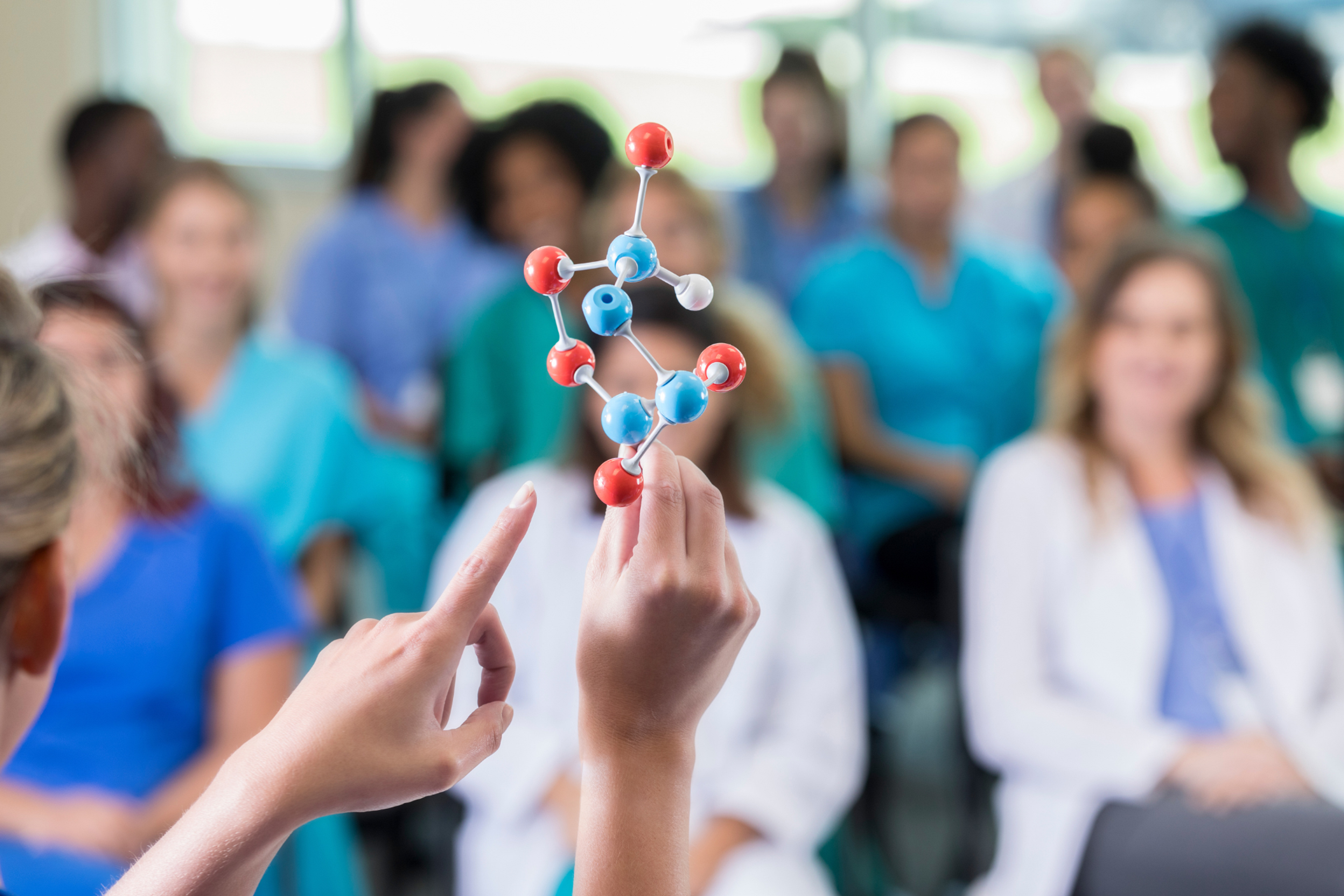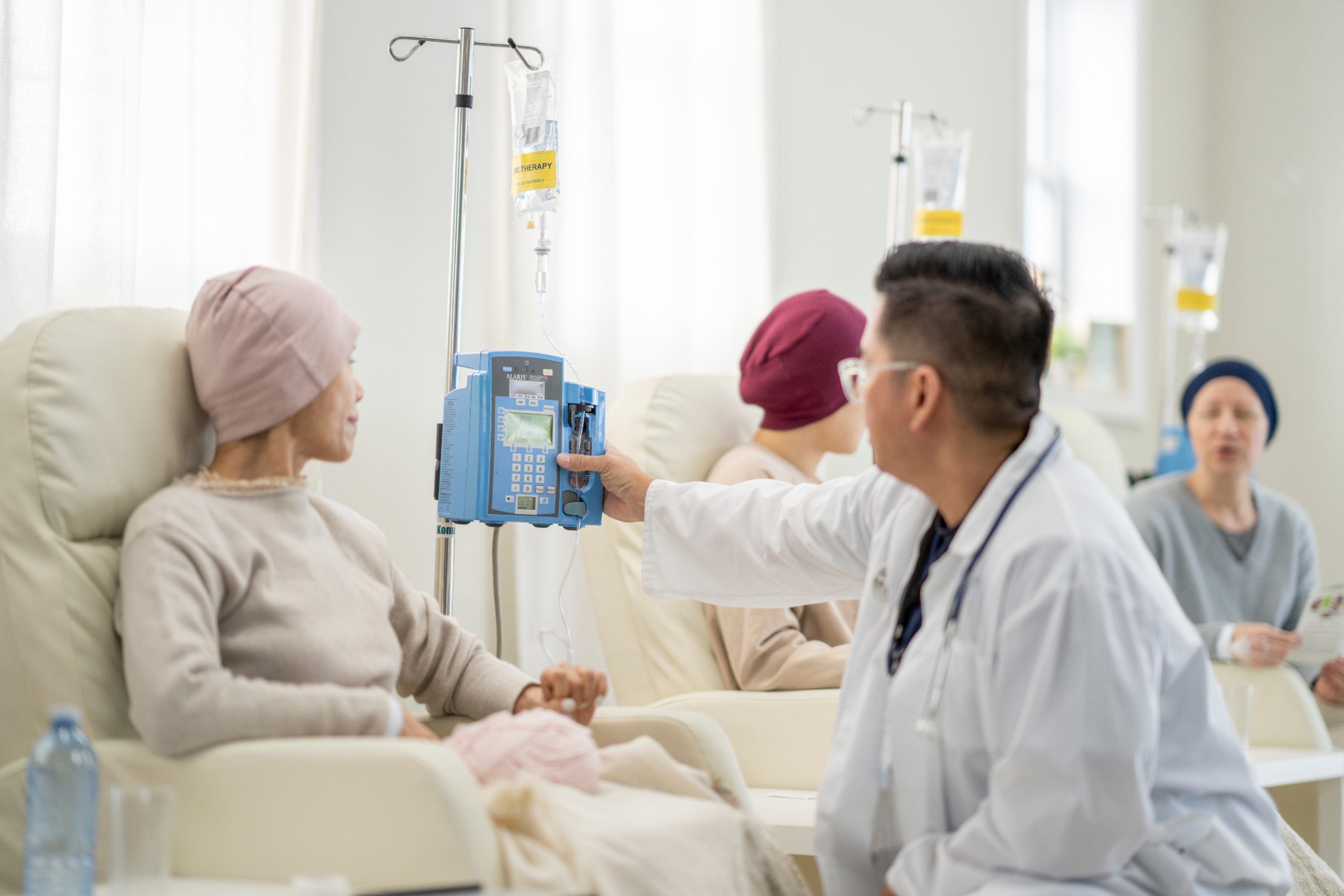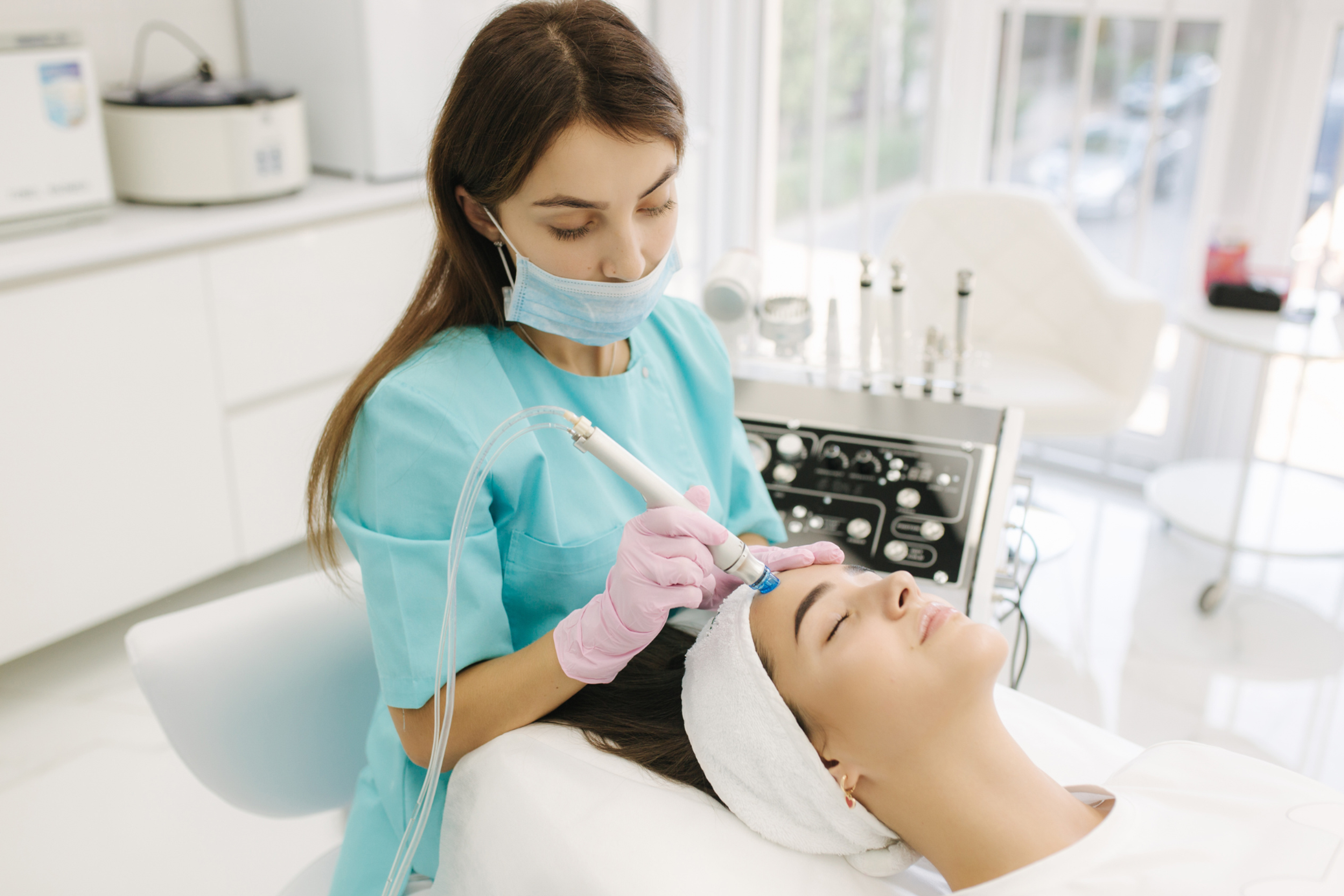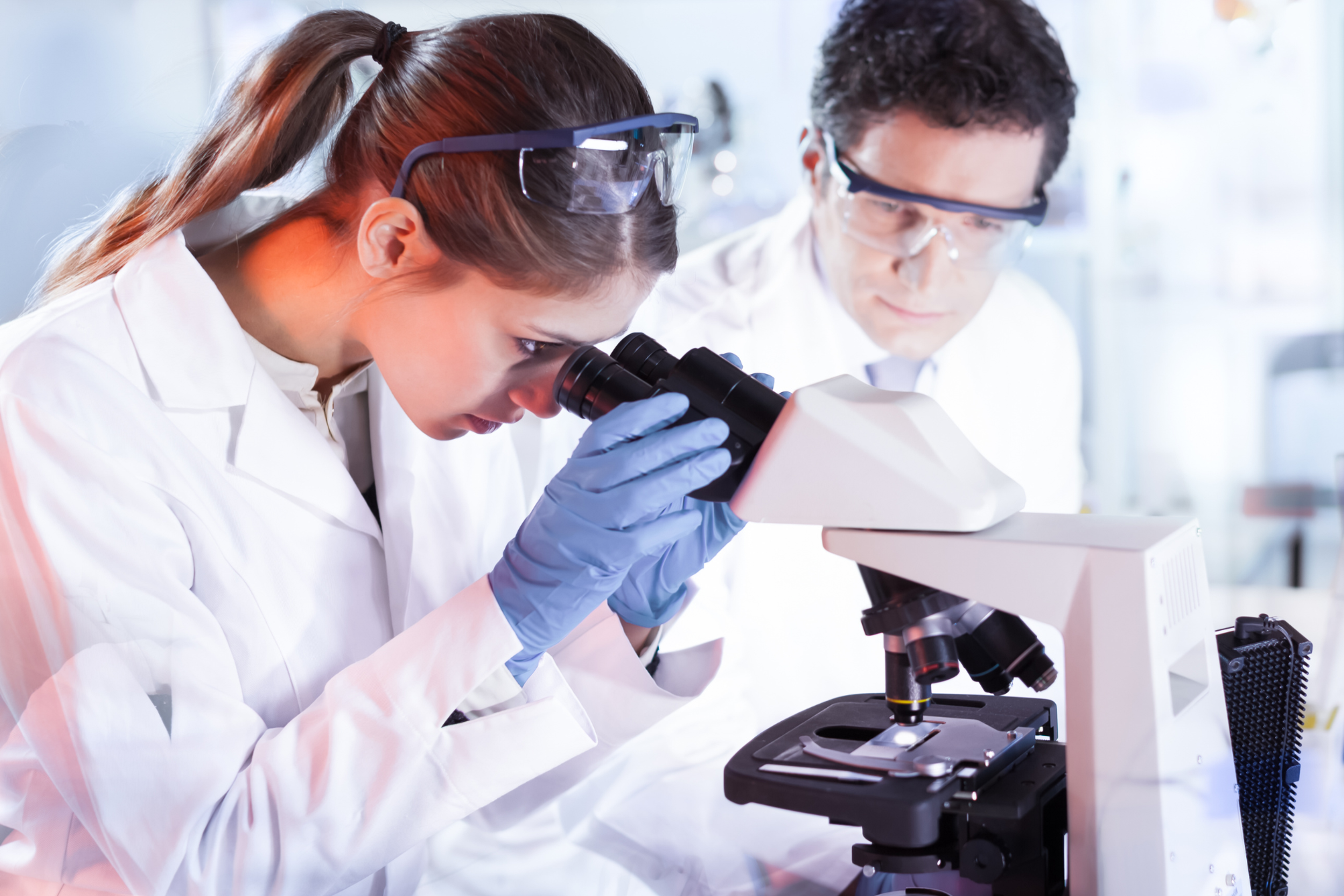Medical School Curriculum Overview: Year-by-Year
Explore the comprehensive breakdown of the medical school curriculum, from the foundational preclinical years to the hands-on clinical rotations.
Posted June 13, 2025

Table of Contents
The medical school curriculum is a rigorous and comprehensive training program that prepares aspiring physicians for the challenges of the healthcare profession. Spanning several years, the curriculum is carefully designed to provide students with the knowledge and skills necessary to become competent and compassionate doctors. In this article, we will take a closer look at the year-by-year breakdown of the medical school curriculum and what students can expect at each stage of their education.
Medical School Curriculum: First Year Overview
The first year of medical school is an exciting and challenging time for aspiring doctors. It serves as a foundational year, laying the groundwork for future years of study and practice. During this crucial period, students are introduced to a wide range of subjects that form the basis of medical knowledge.
One of the key areas of focus in the first year is the basic sciences. Students delve into the fascinating world of anatomy, where they learn about the intricate structures and functions of the human body. They study the various systems, such as the cardiovascular, respiratory, and nervous systems, gaining a comprehensive understanding of how these systems work together to maintain health.
Anatomy, students also dive into the realm of physiology. They explore the complex mechanisms that regulate bodily functions, such as the beating of the heart, the breathing process, and the digestion of food. Understanding these physiological processes is crucial for diagnosing and treating medical conditions.
Another important subject covered in the first year is biochemistry. Students learn about the chemical processes that occur within living organisms, such as metabolism and the synthesis of proteins. This knowledge is essential for understanding the underlying molecular mechanisms of diseases and the effects of drugs on the body.
Pharmacology is yet another vital area of study in the first year. Students become familiar with the different classes of drugs, their mechanisms of action, and their therapeutic uses. This knowledge is crucial for prescribing medications and managing patients' conditions effectively.
While the first year of medical school is heavily focused on the basic sciences, students also have the opportunity to gain practical skills through clinical skills training. This training allows students to develop essential clinical competencies, such as taking patient histories, conducting physical examinations, and honing their communication skills.
By interacting with simulated patients or participating in supervised clinical experiences, students begin to bridge the gap between theory and practice. They learn how to approach patients with empathy and professionalism, gaining valuable insights into the art of medicine.
Overall, the first year of medical school is a crucial stepping stone in the journey towards becoming a doctor. It provides students with a solid foundation of knowledge and skills that will serve as the building blocks for their future medical education and practice.
Related topic: Prerequisite for Medical School: What You Need to Know
Second Year Focus
In the second year of medical school, the focus shifts towards a more in-depth study of medical sciences. Students delve deeper into topics such as pathology, microbiology, immunology, and pharmacology. These subjects provide a comprehensive understanding of the various diseases and conditions that physicians encounter in their practice.
Pathology, a branch of medical science, involves the study of the nature and causes of diseases. In this second year, students explore the intricacies of disease processes, learning about the underlying mechanisms that lead to illness. They study the different types of diseases, their manifestations, and the diagnostic techniques used to identify them. Through laboratory work and case studies, students gain hands-on experience in analyzing tissue samples and interpreting test results.
Microbiology, another important subject in the second year, focuses on the study of microorganisms and their effects on human health. Students learn about various bacteria, viruses, fungi, and parasites that can cause infections and diseases. They study the methods of transmission, the body's immune response, and the mechanisms of action of antimicrobial drugs. This knowledge is crucial for diagnosing and treating infectious diseases effectively.
Immunology is a field that explores the body's immune system and its role in defending against pathogens and foreign substances. In the second year, students learn about the different components of the immune system, including antibodies, lymphocytes, and cytokines. They study how the immune system recognizes and eliminates harmful invaders, as well as the mechanisms that can lead to immune disorders and autoimmune diseases.
Pharmacology, on the other hand, focuses on the study of drugs and their effects on the body. In the second year, students delve into the mechanisms of action, pharmacokinetics, and pharmacodynamics of various medications. They learn about different drug classes, their indications, contraindications, and potential side effects. This knowledge is essential for prescribing medications safely and effectively.
Additionally, second-year students begin to explore the different medical specialties through clinical rotations or clerkships. These rotations allow students to gain exposure to various medical disciplines, such as pediatrics, surgery, obstetrics and gynecology, psychiatry, and internal medicine. During these rotations, students have the opportunity to shadow experienced physicians, participate in patient care, and observe different procedures. This exposure helps students determine their areas of interest and further refine their career goals.
For example, during a pediatrics rotation, students may have the chance to interact with children of different ages, observe developmental milestones, and learn about common pediatric conditions. In a surgical rotation, students may witness surgeries, assist in pre-operative and post-operative care, and understand the intricacies of surgical techniques. Obstetrics and gynecology rotations provide insights into women's health, pregnancy, and childbirth, while psychiatry rotations focus on mental health disorders and treatment options. Internal medicine rotations expose students to a wide range of adult medical conditions, allowing them to develop skills in diagnosing and managing complex cases.
Overall, the second year of medical school is a critical period for students to deepen their understanding of medical sciences and explore different medical specialties. It lays the foundation for the clinical years to come and helps shape students' future careers as physicians.
Clinical Years Exploration
After completing the foundational years, medical students transition into the clinical years, which are typically the third and fourth years of medical school. During this period, students spend more time in hospitals and clinics, working directly with patients and healthcare professionals.
In the clinical years, students rotate through different medical specialties in greater depth. They actively participate in patient care, taking on responsibilities like writing progress notes, formulating diagnoses, and developing treatment plans. These rotations provide students with invaluable hands-on experience and allow them to apply their theoretical knowledge in a practical setting.
One of the key benefits of the clinical years is the exposure to a wide range of medical specialties. Students have the opportunity to explore various fields, such as internal medicine, surgery, pediatrics, obstetrics and gynecology, psychiatry, and more. This exposure helps students gain a better understanding of different medical disciplines and allows them to make informed decisions about their future career paths.
The clinical years offer students the opportunity to further refine their clinical skills and decision-making abilities. Under the supervision of experienced physicians, students learn to navigate complex clinical scenarios and provide evidence-based care to patients.
During their rotations, students work closely with attending physicians, residents, and other healthcare professionals. This collaborative environment fosters teamwork and allows students to learn from the expertise of others. They have the chance to observe and participate in various procedures, surgeries, and treatments, gaining insight into the practical aspects of patient care.
Another important aspect of the clinical years is the exposure to different patient populations. Students interact with individuals from diverse backgrounds, ages, and socioeconomic statuses. This exposure helps students develop cultural competence and empathy, as they learn to provide patient-centered care that takes into account the unique needs and circumstances of each individual.
Additionally, the clinical years provide students with opportunities for research and scholarly activities. They may have the chance to work on research projects, present their findings at conferences, or contribute to medical publications. These experiences not only enhance their understanding of medical research but also strengthen their critical thinking and communication skills.
Overall, the clinical years of medical school are a transformative period for students. It is a time of growth, both personally and professionally, as they immerse themselves in the world of patient care and medical practice. The hands-on experience, exposure to different specialties, and development of clinical skills prepare students for the challenges and rewards of a career in medicine.
Preparing for Residency
The final year of medical school is a critical period of preparation for post-graduate training, also known as residency. During this time, students have the opportunity to consolidate their medical knowledge, fine-tune their clinical skills, and gain additional exposure to their chosen specialty.
Many medical schools offer electives or sub-internships in various specialties, allowing students to gain an in-depth understanding of their desired field. These experiences not only help students solidify their decision regarding their future career path but also provide an opportunity to network with professionals in their chosen specialty.
Final-year students also spend time preparing for the United States Medical Licensing Examination (USMLE) Step 2, which assesses clinical knowledge and skills. Scoring well on this examination is crucial, as it impacts residency program applications and overall career prospects.
Read: Clinical Experience for Medical School: Why It Matters and How to Get It











